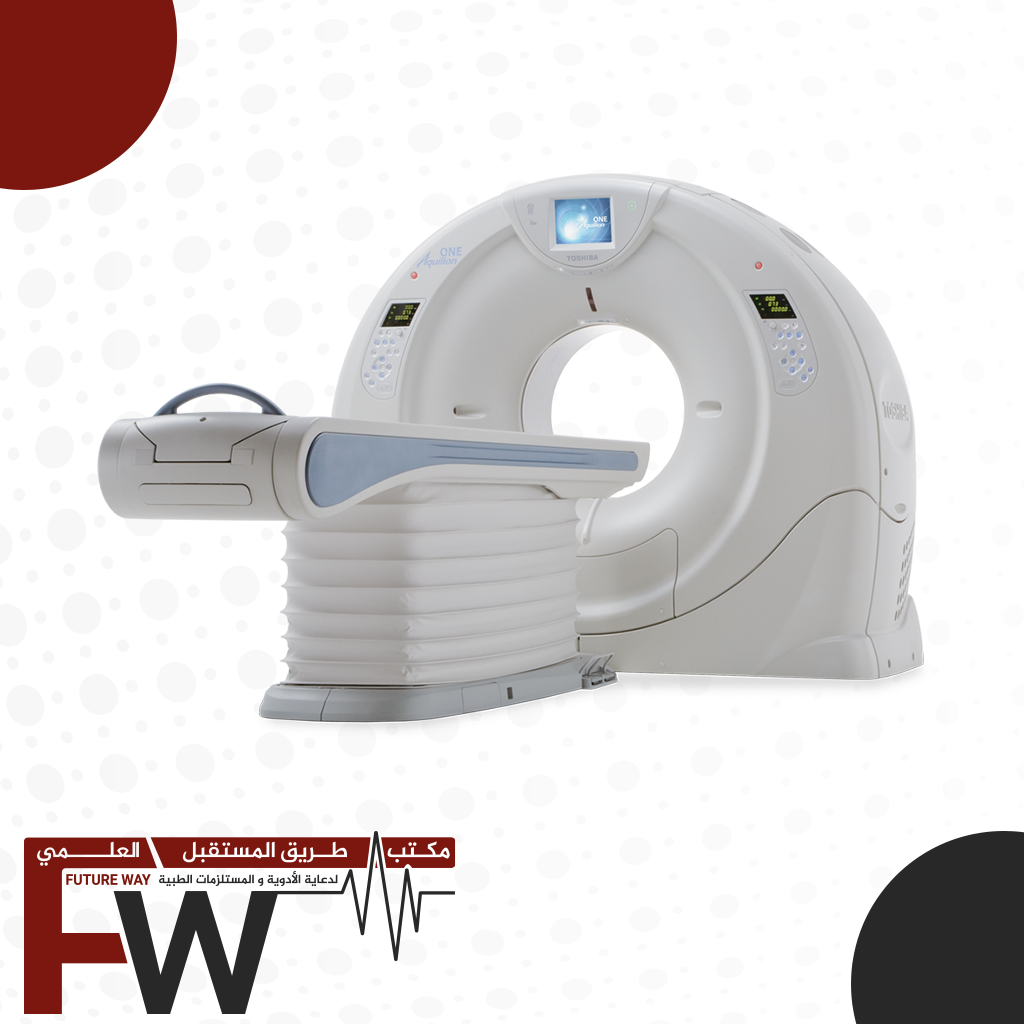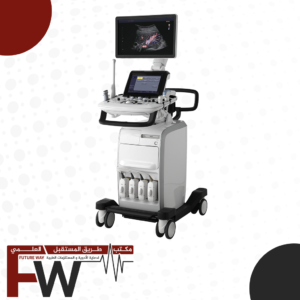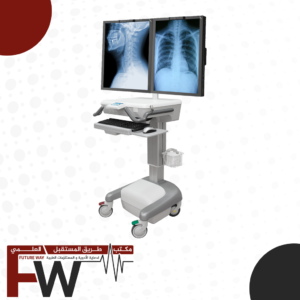Magnetic Resonance Imaging (MRI)
Magnetic Resonance Imaging (MRI) is a non-invasive medical imaging technique that uses a strong magnetic field and radio waves to generate detailed images of the internal structures of the body. It is commonly used to diagnose and monitor a wide range of medical conditions.
How MRI Works
During an MRI scan, the patient lies on a table that slides into a cylindrical machine called the MRI scanner. The scanner contains a powerful magnet that aligns the hydrogen atoms in the body’s tissues. Radio waves are then used to temporarily disrupt the alignment of these atoms. As the atoms realign, they emit signals that are detected by the scanner and converted into detailed images by a computer.
Benefits of MRI
MRI provides healthcare professionals with valuable information about the body’s internal structures, helping them to make accurate diagnoses and develop appropriate treatment plans. Unlike other imaging techniques, such as X-rays or CT scans, MRI does not use ionizing radiation, making it safer for patients, particularly pregnant women and children.
MRI is highly versatile and can be used to examine various parts of the body, including the brain, spine, joints, abdomen, and pelvis. It can detect a wide range of conditions, such as tumors, infections, inflammation, and abnormalities in blood vessels. MRI can also provide detailed images of soft tissues, such as muscles, ligaments, and tendons, making it especially useful for orthopedic and sports-related injuries.
In summary, Magnetic Resonance Imaging (MRI) is a valuable diagnostic tool that uses magnetic fields and radio waves to create detailed images of the body’s internal structures. It is safe, non-invasive, and provides healthcare professionals with important information for accurate diagnosis and treatment planning.






Reviews
There are no reviews yet.